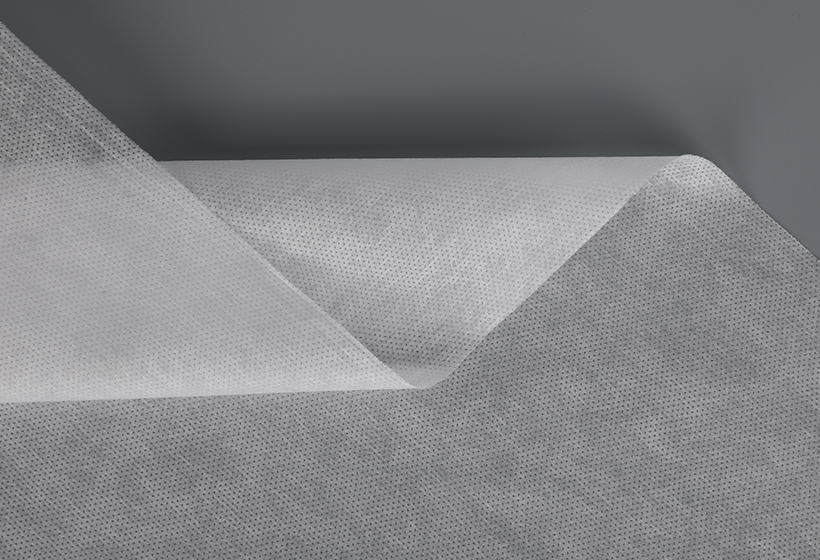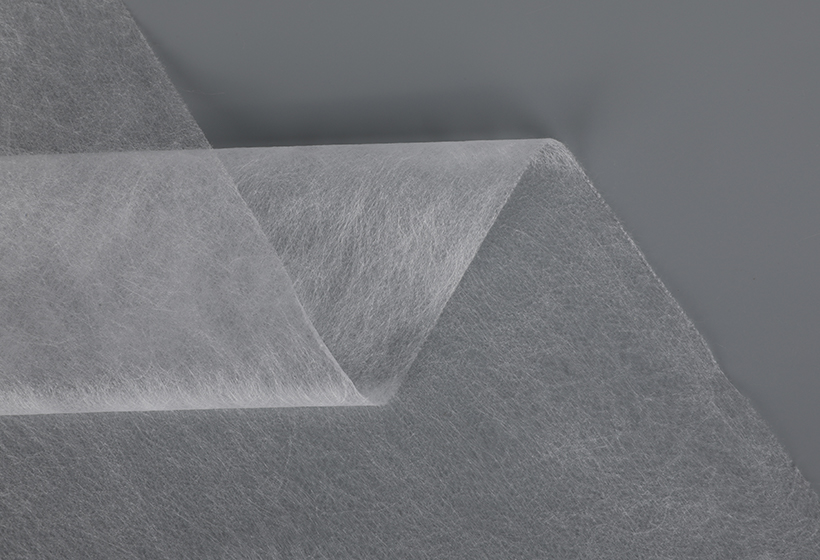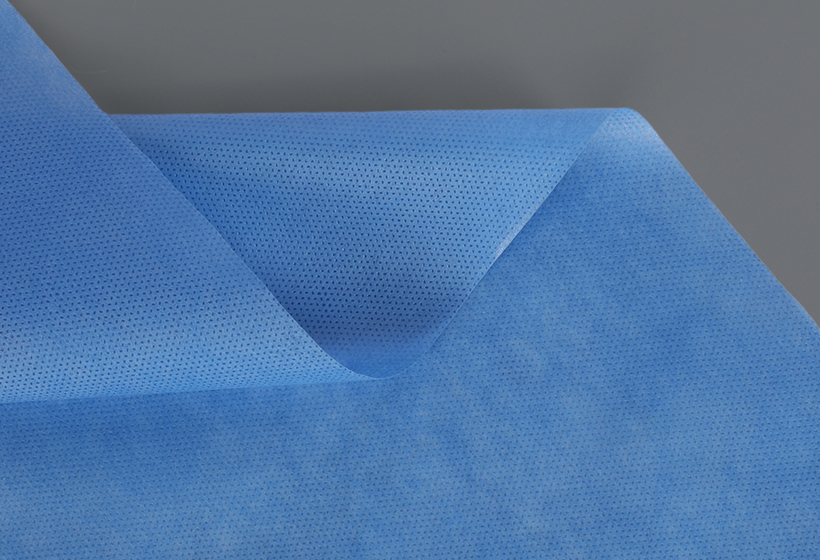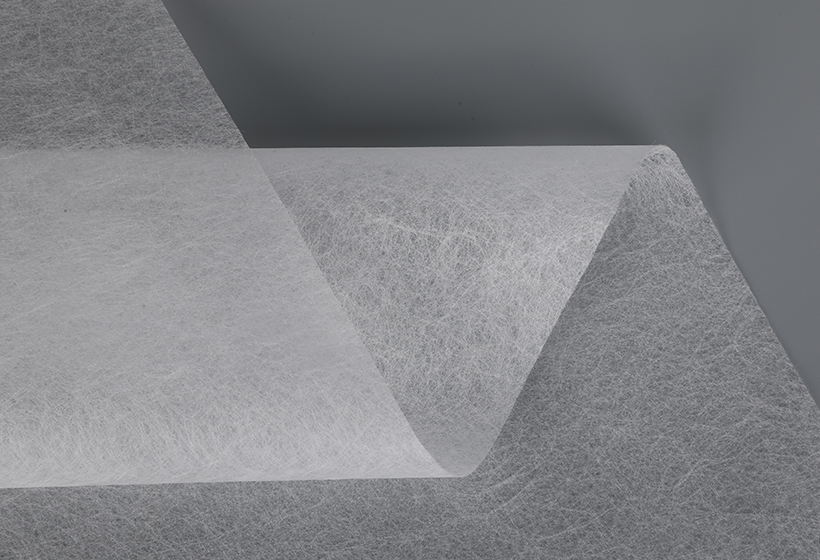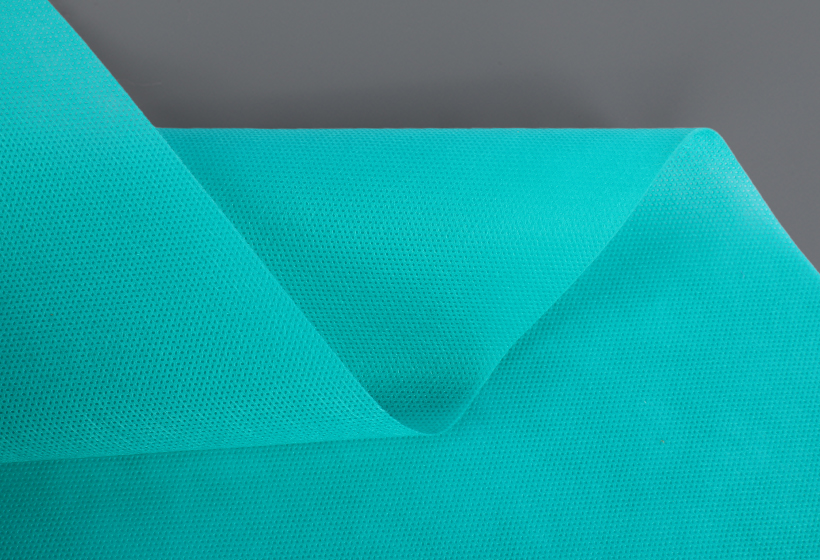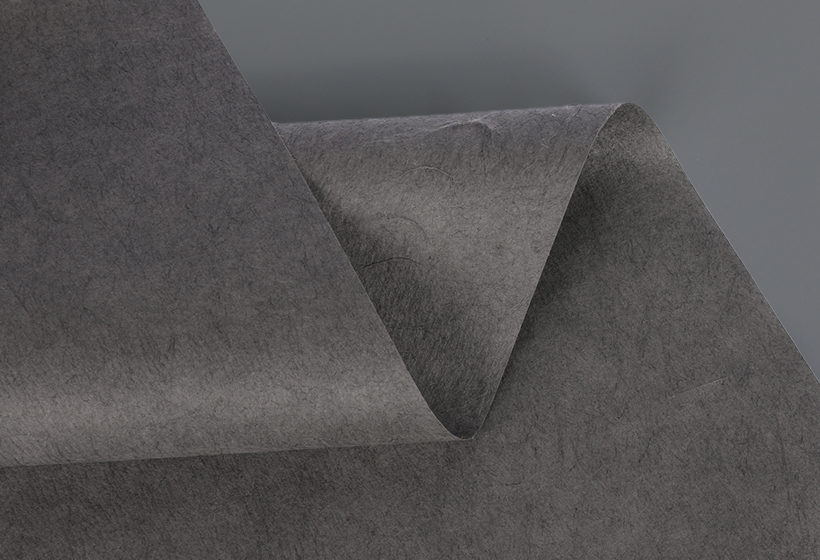Types of Non-Woven Fabrics
Non-woven fabrics are made without using traditional weaving or knitting techniques. They are widely used in household and medical products, as well as the agricultural and land application industries. Their versatility and quick manufacturing make them popular for a wide range of applications. They are also environmentally friendly and recyclable, making them a smart choice for a number of different applications. Read on to find out more about these versatile materials and their diverse uses.
Nonwoven fabrics are composed of several different materials. They can be made from polyester, nylon, and polypropylene. Some nonwoven materials are made of viscose fiber, acrylic fiber, and chlorine fibre. These materials are extremely strong and can be used in a wide range of applications. Their versatility allows them to be customized to meet the exact specifications of the customer. Nonwoven fabrics are ideal for applications that require a large amount of strength, which makes them desirable for the construction of many products.
Nonwovens are also made from flax fibers, which can be thermally bonded. They can be blended with polypropylene, polyvinyl alcohol, or bi-component polyamide 6/copolyamide fibers. This blend can be a combination of any of these fibers. Despite their inherent disadvantages, nonwoven fabrics are a great choice for single-use products.
Polyester fiber is the most commonly used bi-component fiber. It is a continuous filament with a core of linear low-density polyethylene and sheath of polyester. This bi-component construction improves the tensile strength of the fabric. It can be used in a wide variety of applications, including automotive upholstery, industrial wipes, and apparel. They have chemical and physical properties that make them extremely durable.
In manufacturing, nonwoven webs are formed using two main techniques: filamenting and carding. The carding method involves layering a fibrous batt, which is subsequently felt. The polymer composition can be natural or synthetic. Nonwoven webs can be wet or dry, and the bonding process may be either thermal or mechanical. If the fibers are bonded using two different methods, the result is a different nonwoven product.
Airlaid nonwoven fabric is another type. This type of non-woven fabric is produced using multiple processes, including a high-tech air-flow method. Fibers are agglomerated on a net curtain using a special air-flow method. After a few days, the resulting cloth is cooled and then rolled. Its unique structure makes it suitable for numerous uses and applications.
Wet-laid nonwoven is manufactured by a process similar to that used for making paper. The strands are soaked with water, and the resulting material is a nonwoven with a basis weight between 10 to 540 g/m2. The wet-laid process offers high productivity, a wide range of basis weights, and high uniformity. The wet-laid nonwoven is used in medical applications, such as surgical gowns and drapes.
Stitched-bonded nonwovens are a high-quality type of non-woven fabric. The stitching density, area weight, and quality of the sewing threads all determine the performance of the material. Typically, filament yarn is used for stitching, although cotton yarn is available in counts from 18 to 30 Ne. Spunlace nonwovens are another type of non-woven fabric that has recently gained popularity.


 English
English Español
Español
